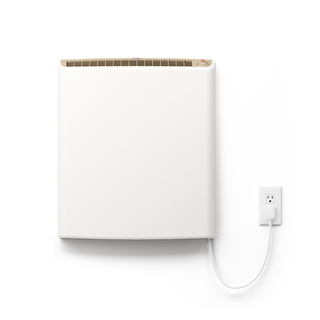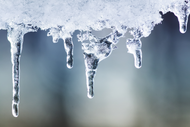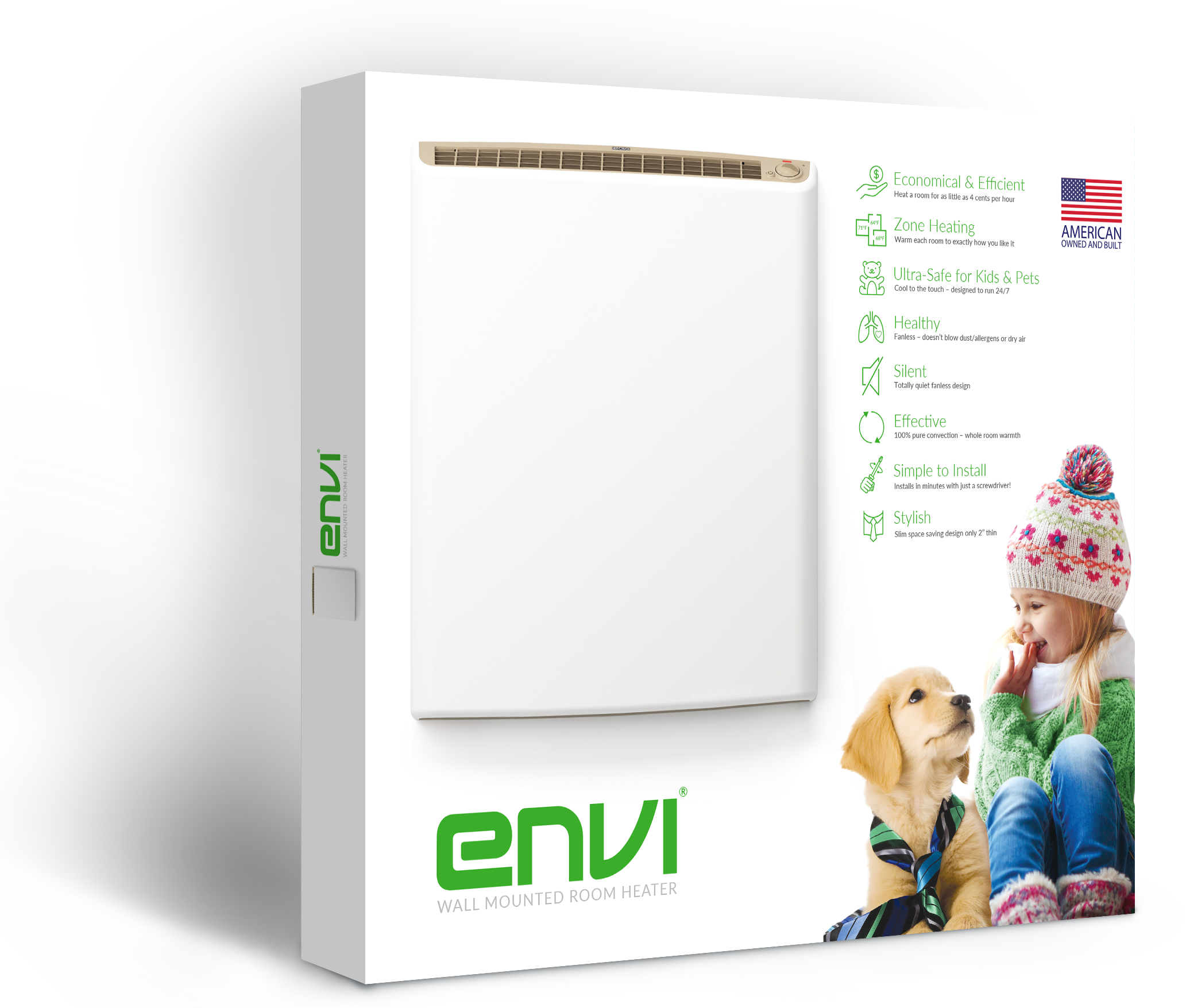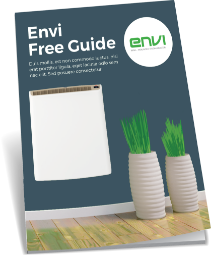La Niña Advisory Alert by the National Weather Service!
Daniel Portilla | 17th Nov 2017
Have you heard of El Niño? If you haven't, it´s a weather system that tends to bring warm spells, flooding and other related natural disasters, born out of warmer than usual water temperatures in the Pacific Ocean.
La Niña is it’s cold weather sibling and counterpart. It is marked by colder than usual water temperatures and as a climate pattern, it is the main driver of weather in the US and around the world during the late fall and winter seasons.
Last Thursday, the 9th of November, federal forecasters announced the formation of La Niña in the Central Pacific, issuing a La Niña Advisory. This is the second consecutive year of La Niña. Last year’s phenomenon was unusually brief, forming in November and ending in February, but this year it’s expected to last longer.
This year’s El Niño was unusually strong, bringing heavy flooding to areas in South America such as Peru, where it is estimated that more than $3bn worth of damages occurred (The Guardian, 2017). With that in mind, it can also be expected that this year’s La Niña, El Niño’s counterpart, can bring strong winter weather across the US and Canada.
So what does La Niña mean for us in the US and Canada?
As mentioned before, La Niña is one of the main drivers of weather during the Fall and Winter seasons in the US and Canada.
Forecasters predict that this winter, La Niña will bring colder than average weather and precipitation (snow) to the northern tier of US states and unusually dry conditions to the southern tier of US States. In Canada, this will mostly mean colder than average temperatures and more precipitation across the entire country (as if Canada needed more cold!).
More specifically, in the US the Northwest, Midwest and the Northeast including New York will see colder than average temperatures and heavy snowfall.
How long will La Niña last this winter?
Long-term climate patterns can be challenging to predict. However, forecasters can already tell that this winter’s La Niña will last for longer than last year’s. The consensus of forecasters is for the event to last until April 2018.
What’s the best way to prepare for this year’s Cold Weather La Niña?
Regardless of what type of heating system you may have, properly insulating your home is the single-most effective way to protect against colder than average temperatures. It’ll help prevent all heat generated in your home from escaping, greatly reducing the need to incur extra heating costs. Once you have your insulation covered, check out the Envi Heater as a powerful and efficient alternative to central heating systems. The Envi Heater help reduce your heating bills with a more efficient source of heating, while also maintaining the ability to further save money by only heating the rooms you’ll be using.
If you’d like to learn more about the Envi heater, visit:













